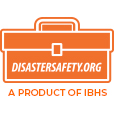5 Maintenance Actions to Protect Your Building Amid COVID-19 Health Protections
1. ROOF COVER
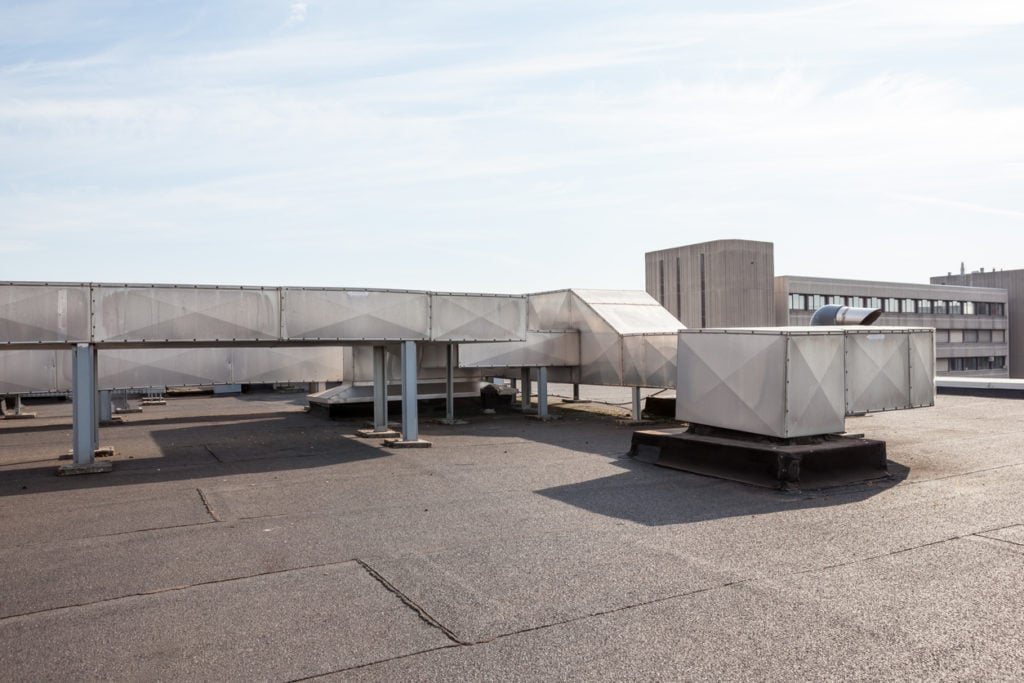
- Remove debris and inspect for loose or missing materials regularly and after any roof contractor does work on the roof.
- If tears, bubbling, peeling, or leaks are observed, conduct repairs or, if appropriate, replace the roof cover.
- Check for and repair loose roof edge perimeter flashing. Check for and address any loose or missing pieces of flashing. Loose or ill-fitted flashing can cause roof cover failure and water intrusion during high-wind events. Be sure to regularly inspect flashing for any issues before and after storms.
2. ROOF DRAINAGE SYSTEM

- Inspect and clean the roof drainage system at least twice a year. If there is a history of clogs from tree leaves inspect more frequently.
- Check for and repair cracks around roof drains.
- Be sure to regularly inspect flashing for disrepair before and after storms.
3. ROOF-MOUNTED EQUIPMENT
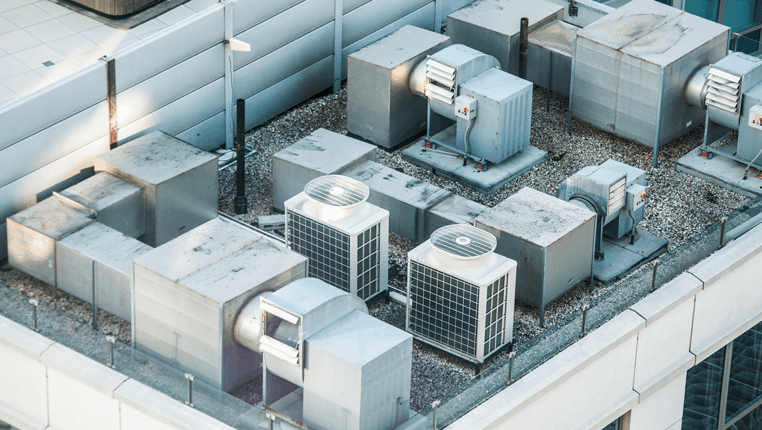
- Regularly inspect and maintain roof-mounted AC units making sure metal panels and the unit are well secured.
- Also inspect for loose flashing around roof-mounted equipment, curbs, and roof hatches. Loose flashing around these areas leads to potential failure of the unit’s structure and water intrusion.
- Make sure all satellite dishes and other attached structures are secured tightly to the roof structure.
4. LANDSCAPING AND SITE DEBRIS
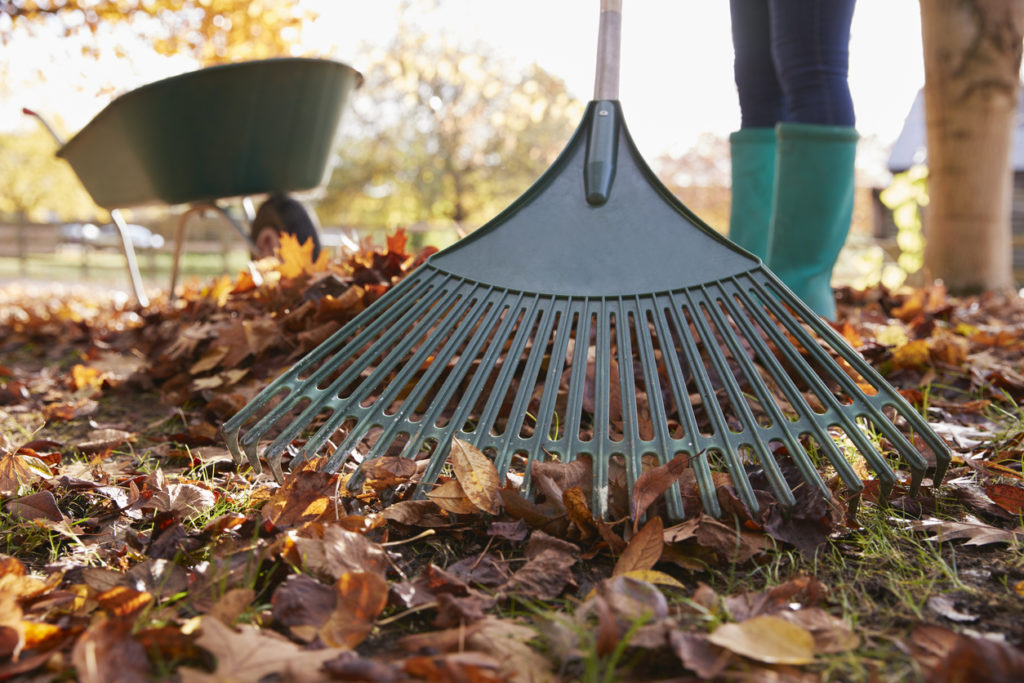
- Remove tree branches that overhang the roof. This will prevent damage from rubbing or falling on the roof and limit leaves clogging gutters.
- Remove debris daily from around your facility site or business that could become a projectile if subjected to high winds.
5. INTERIOR SYSTEMS
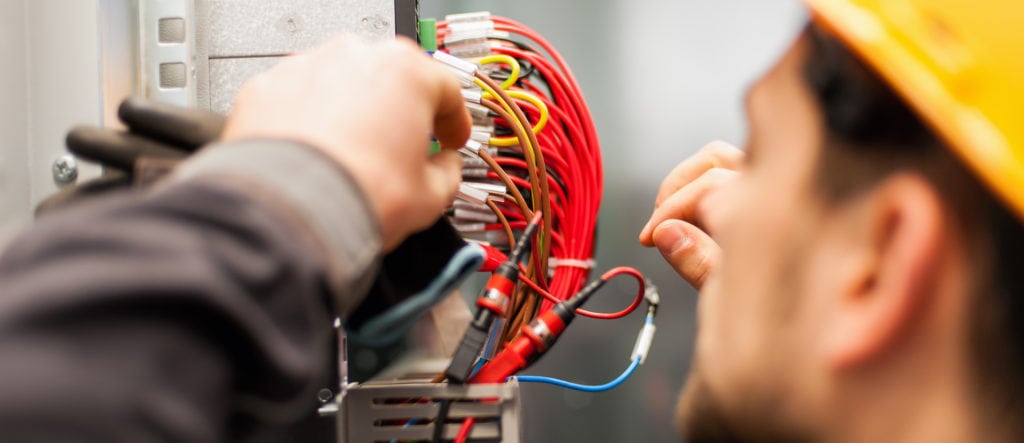
- Ensure electrical and computer rooms do not become storage areas for disinfection supplies or other combustible materials. This can be a fire hazard. These rooms should be clean, dry, and tight.
- Ensure that electrical equipment is in proper working order, including equipment cords. Systems and equipment should include lightning protection, such as surge protectors. Caution should be taken not to overload surge protectors and power strips.
- Maintain fire protection systems and HVAC systems. These passive systems can be overlooked, but they are a critical part of the protection and operation of the building.
